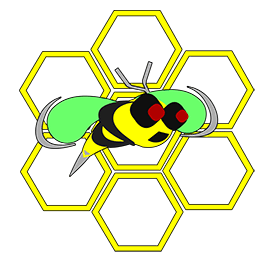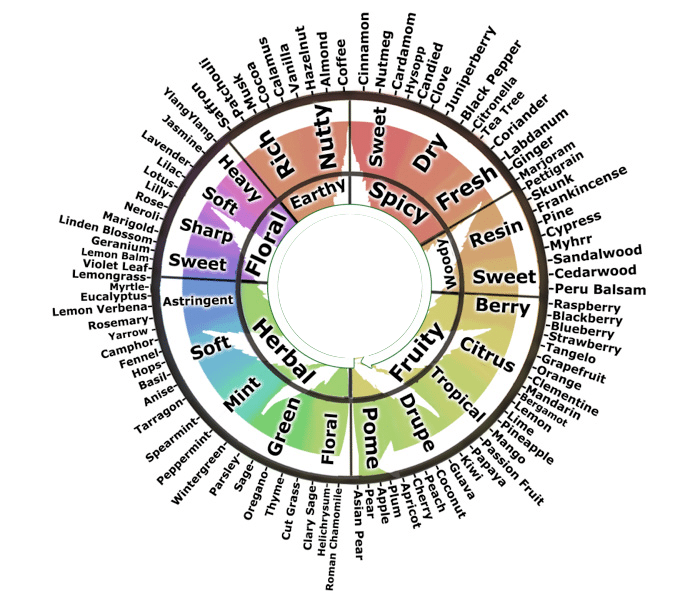- Your cart is empty
- Continue Shopping
Terpenes 101 – What they are and how they are used
Terpenes 101 – How they are used.
Terpenes are the most basic essential oils produced in nature; in total over 30,000 have been identified. Plants, animals, microbes, and fungi produce terpenes to carry out necessary biological functions. This diverse class of compounds serve as vitamins, hormones, pheromones, and as part of the immune system.
One way to think of terpenes is as building blocks which come together to make complex essential oils, these building blocks are created by plants and combined in countless ways in order to produce full plant essential oils like Lavender, Rose, Sandalwood, Kush, Tangie, and Durban Poison.
Though scent is what they are known for, terpenes play an equally important role in influencing how we will feel when we consume an herb, fruit, or flower. This is because they act synergistically with other botanical compounds and our own native hormones – acting on the same neurons in the brain; this phenomenon is known as the entourage effect.
What are they used for?
While nature has its own uses for them, humans have found many diverse applications for terpenes; both in isolation and as part of complex blends. It might surprise you to know that terpenes are used in the development of food flavorings, incense, cosmetic products, organic gardening products, household cleaners, natural medicines, and perfumes.
In the past few years, product manufacturers have used isolated terpenes in order to reverse engineer the terpene profile of popular herbs; this blend is then introduced to a formulation in order to mimic the scent, flavor.
Terpene Profile: all of the terpenes present in an analyzed sample
The Entourage Effect
The term “entourage effect” has become an important piece of vocabulary in the cannabis community to describe the relationship between terpenes, cannabinoids, and other phytochemicals (chemicals made by plants) which are responsible for the vast therapeutic potential of cannabis.
By now, most people have heard about cannabinoids such as THC and CBD. While these compounds have a range of medical benefits, they are only part of what makes cannabis medicine so effective and have proven to be less effective on their own then when combined with other phytochemicals like terpenes.
Both cannabinoids and terpenes affect receptors in the endocannabinoid system which is what allows cannabis to act therapeutically in the human body, this action in some cases also produces the “high” which most are familiar with.
It is the terpenes in cannabis which modulate (modify or control) the effect that the cannabinoids in each sample will have on the user, This is why strains of cannabis effect each user uniquely. For example, if you have 2 different types of cannabis and both have 15% THC, but one gives you energetic effects and one gives you sedative effects, this is largely due to the different terpene profiles.
Terpenes such as Myrcene, Nerolidol, and Terpinolene, have sedative qualities while Alpha Pinene is known to be uplifting. Cannabinoids and terpenes each have effects independently, but together, they have proven to be vastly more effective at treating human health conditions than in isolation.
To learn more, look into the research and writing of our favorite cannabis researcher, Dr. Ethan Russo.
How do I use them?
A little at a time – Terpenes can be added to aromatherapy blends, diffusers, lotions, edibles, tinctures, cocktails, homemade cleaners, bug repellents, plant extracts, and generally used as you might an essential oil.
Terpenes are POTENT and should never be consumed, inhaled, or applied to the skin before being diluted. Be sure to consult their SDS before working with isolated terpenes.
Certain terpenes are more potent than others and they must be handled with care. When using isolated terpenes be sure to use the appropriate skin protection, eye protection and operate in a well ventilated area.
In most cases you will want to stay within 1-5% concentration by volume but can vary depending on the isolated terpene, blend, person, and desired effects.

